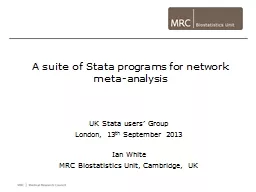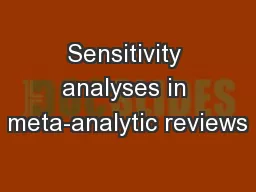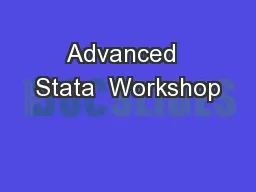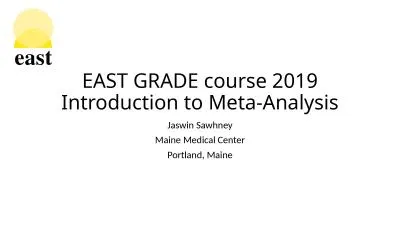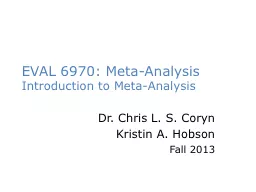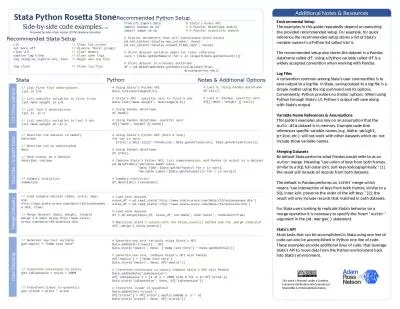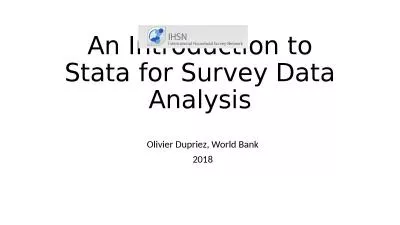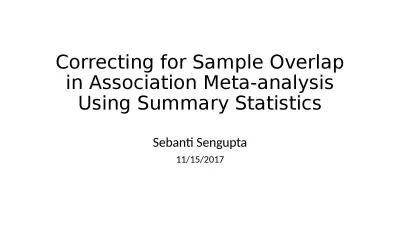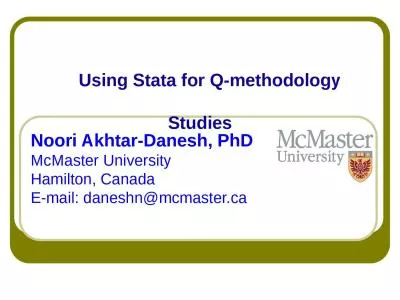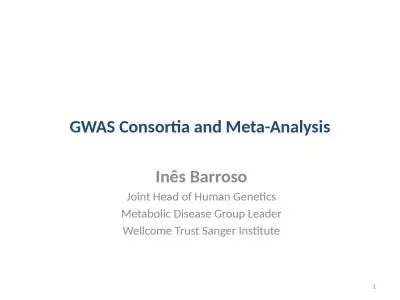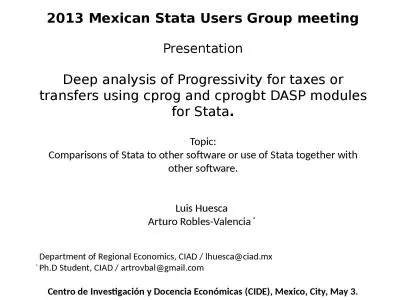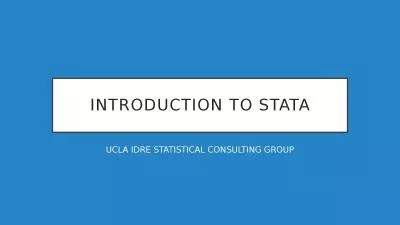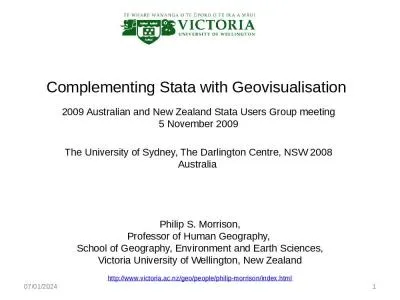PPT-A suite of Stata programs for network meta-analysis
Author : giovanna-bartolotta | Published Date : 2018-11-10
UK Stata users Group London 13 th September 2013 Ian White MRC Biostatistics Unit Cambridge UK Plan Ordinary pairwise metaanalysis Multiple treatments indirect
Presentation Embed Code
Download Presentation
Download Presentation The PPT/PDF document "A suite of Stata programs for network ..." is the property of its rightful owner. Permission is granted to download and print the materials on this website for personal, non-commercial use only, and to display it on your personal computer provided you do not modify the materials and that you retain all copyright notices contained in the materials. By downloading content from our website, you accept the terms of this agreement.
A suite of Stata programs for network meta-analysis: Transcript
Download Rules Of Document
"A suite of Stata programs for network meta-analysis"The content belongs to its owner. You may download and print it for personal use, without modification, and keep all copyright notices. By downloading, you agree to these terms.
Related Documents

